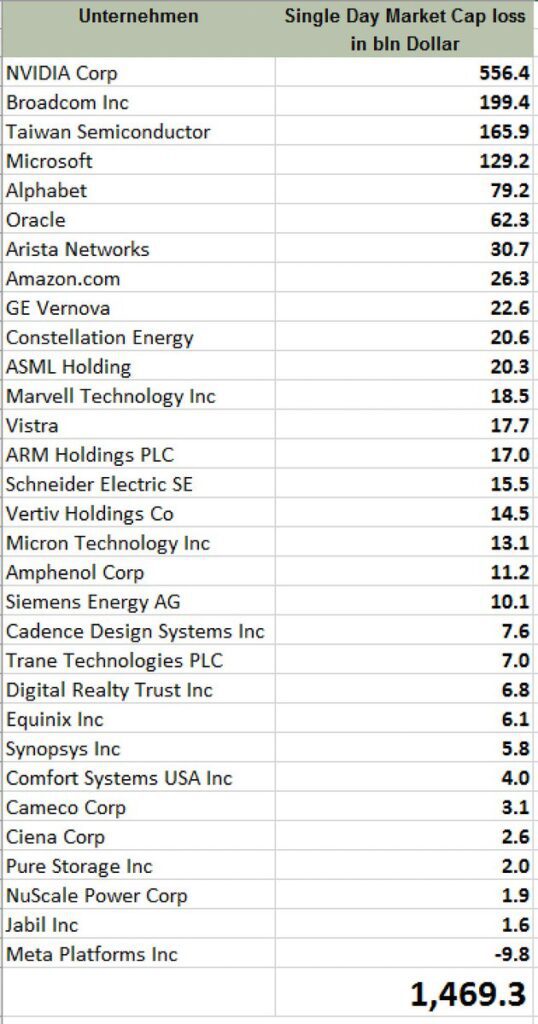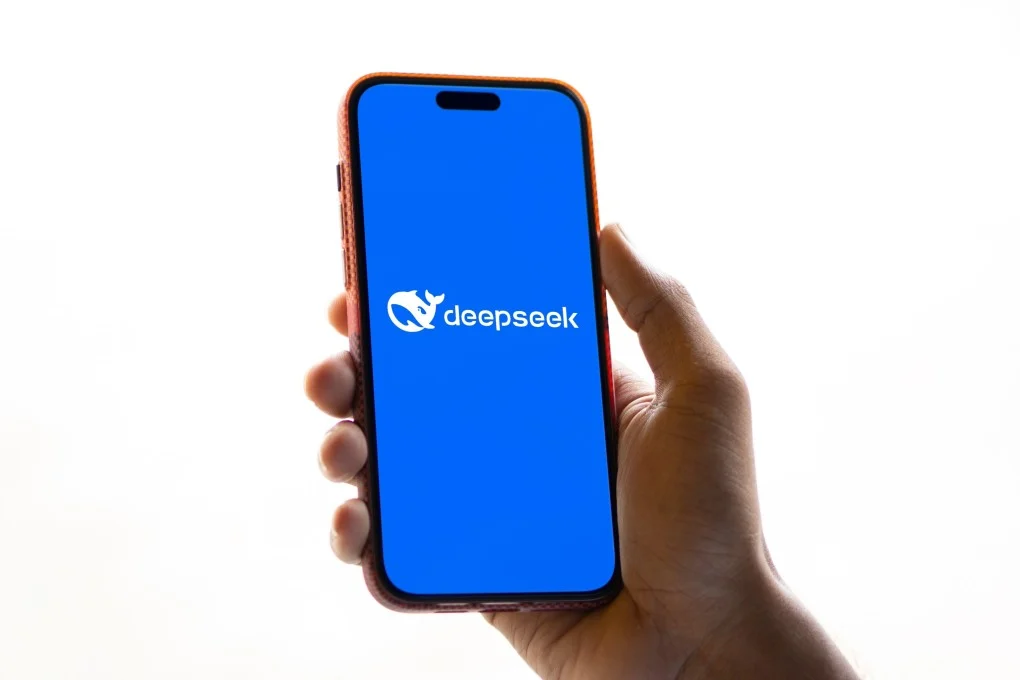It was January 21st 2025, second day in the office, for the newly re-elected President of the US. This day, Donald Trump announced a collossal $500 bn joint-venture AI-investment called Stargate, which he said will build data centers and create more than 100,000 jobs in the United States, cementing its role as AI leader and giving it an edge over its competitors like China. This mega-project would be financed by OpenAI, Oracle and Softbank. Some hours later the CEO of Microsoft announced from Davos a $80bn ivestement in AI infrastructure.

Less than a week passed and this momentum changed radically as the news from China shaked the AI industry. On January 27th, 2025, DeepSeek, a Chinese AI startup launched a new AI model, a full-fledged LLM system called DeepSeek-R1. The striking news were that this model very similar to Chat-GPT was developed at a fraction of the cost of the latter. In fact, DeepSeek-R1, was trained for under $6 million, compared to the $100 million typically spent by its U.S rival.
The Short-Term repercussions
DeepSeek’s unveiling of its cutting-edge AI technology sent shockwaves through the market, forcing both tech giants and investors to reassess their strategies. The same day about 1.47 trillion dollars almost the triple amount – planned to be spent in AI from the US government – wiped out in market capitalization of NASDAQ tech giants or companies who participate in AI infrastructure supply-chain (Nvidia, TSMC, Super Micro Computer among many others).

The aftermath of the sell-off gave space to discussion and an outbreak of rumours about what’s next for the AI industrial and economic ecosystem. A key takeaway was the potential strategic shift triggered by DeepSeek’s breakthrough. The cost-efficiency demonstrated by DeepSeek could push U.S. companies to explore more resource-efficient methods, potentially reducing the need for massive capital expenditures. In the short term, the AI industry faces a period of deep reflection and recalibration regarding the sustainability of its current investment model.ut the future of the AI.
The Long-Term Repercussions
Beyond the immediate financial and strategic shocks, DeepSeek’s breakthrough poses several long-term implications for the global AI landscape:
- Reshaping the Economics of AI Development – If DeepSeek’s cost-effective model proves sustainable, it could force Western AI firms to rethink their approach. Instead of massive infrastructure investments, there may be a greater emphasis on optimizing algorithms, reducing training costs, and leveraging alternative computational methods.
- The Rise of Decentralized AI Development – With DeepSeek demonstrating that cutting-edge AI can be developed with significantly lower costs, the AI race may shift from a purely corporate-driven endeavor to a more open-source, decentralized approach. Smaller firms and new entrants may find it easier to compete, potentially democratizing AI innovation.
- A Shift in Global AI Power Dynamics – The AI sector has been largely dominated by U.S.-based companies, but DeepSeek’s achievement signals China’s increasing ability to challenge American leadership. This could trigger a new phase in the U.S.-China AI race, possibly leading to regulatory measures, trade restrictions, or strategic partnerships aimed at counterbalancing China’s growing influence.

4. Geopolitical and Security Implications – AI is not just a commercial or technological field; it has deep implications for national security. If China can produce high-quality AI at a fraction of the cost, concerns over intellectual property, data security, and AI-driven influence campaigns may intensify, potentially leading to stricter U.S. regulations on Chinese AI firms and their collaborations with Western partners.
5. Redefining AI Accessibility and Affordability – If DeepSeek’s model becomes a benchmark for cost-effective AI, it could accelerate the adoption of AI across industries that previously found it too expensive. This could lead to an explosion of AI applications in emerging markets, healthcare, education, and smaller businesses, drastically transforming economic structures worldwide.
6. The Risk of an AI Bubble Bursting – With U.S. companies investing hundreds of billions in AI infrastructure, the sudden realization that similar models can be built at a fraction of the cost could lead to an AI investment pullback. If investors lose confidence in high-cost AI projects, it might trigger an industry-wide correction, similar to the dot-com bubble burst of the early 2000s.
As the AI industry continues to evolve, the unveiling of DeepSeek-R1 has ignited a paradigm shift. Whether this shift leads to a more efficient and democratized AI future or a fragmented, protectionist AI ecosystem remains to be seen. One thing is clear: the AI race is no longer just about scale—it’s about efficiency, adaptability, and strategic foresight.
